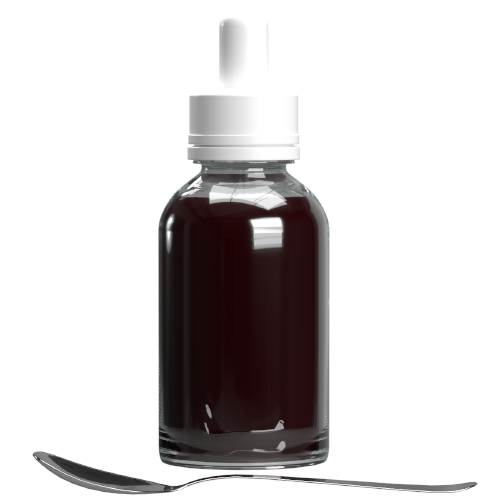
Billberry (Tincture)
Bill-berry assist with: Anti-fungal, Strengthens capillaries, .
Dosage and Directions
10 Drops in water 3 x per day, before meals.
What Is Bilberry?
The bilberry plant, a low-growing shrub with flowers seen in red, blue and purple colors, is native to Northern Europe and also grows in North America and northern Asia.
Bilberry is also known as European blueberry, whortleberry, and blaeberry and is a relative of blueberry, cranberry and huckleberry. It looks and tastes much like the American blueberry but is usually a bit smaller, and it is sometimes called blueberry because of their similarities.
This healthy berry usually grows in heaths, meadows and moist coniferous forests, thriving best in moderate shade and moderately humid ground conditions.
It is a small fruit coming in at about five to nine millimeters in diameter, bluish-black in color containing many seeds. The plant is a perennial shrub that grows to about 16 inches in height and has sharp-edged, green branches and black-wrinkled berries that are ripe for picking in late summer.
The usual daily dietary intake of the anthocyanin-producing bilberry is approximately 200 milligrams and has higher anthocyanin content compared to other types of berries, such as strawberry, cranberry, elderberry, sour cherry and raspberry, making it a true superfood! Recommended daily dosages vary greatly depending on the form of bilberry you choose.
Most notably, the bilberry, also know as Vaccinium myrtillus L. in the medical world, is one of the richest natural sources of anthocyanins. Anthocyanins are polyphenolic components that give the berry its blue/black color and super-high antioxidant content.
These powerful anthocyanins are believed to be the key bioactives responsible for the numerous health benefits of bilberry and similar berry fruits. Bilberry is most famous for its ability to improve vision, but it has been reported to help lower blood glucose, have anti-inflammatory and lipid-lowering effects, promote antioxidant defense, and lower oxidative stress.
This makes the fruit highly sought after in the prevention and treatment of diabetes, inflammation, dyslipidemia, hyperglycemia, increased oxidative stress, cardiovascular disease, cancer and dementia, in addition to other age-related diseases.
Bilberry contains numerous phenolic compounds, including the flavonols, quercetin, catechins, tannins, ellagitannins and phenolic acids. However, the anthocyanins found in the fruit are, by far, the largest contribution to its phytonutrient density. These phenolic compounds are antioxidants as well as iron chelators, which may help remove heavy metals in the body and be used in chelation therapy.
Even though most of the focus is on the antioxidant properties of this fruit, studies have shown that the effects may extend to involve cell-signaling pathways, gene expression, DNA repair and cell adhesion, as well as anti-tumor and antimicrobial effects.

